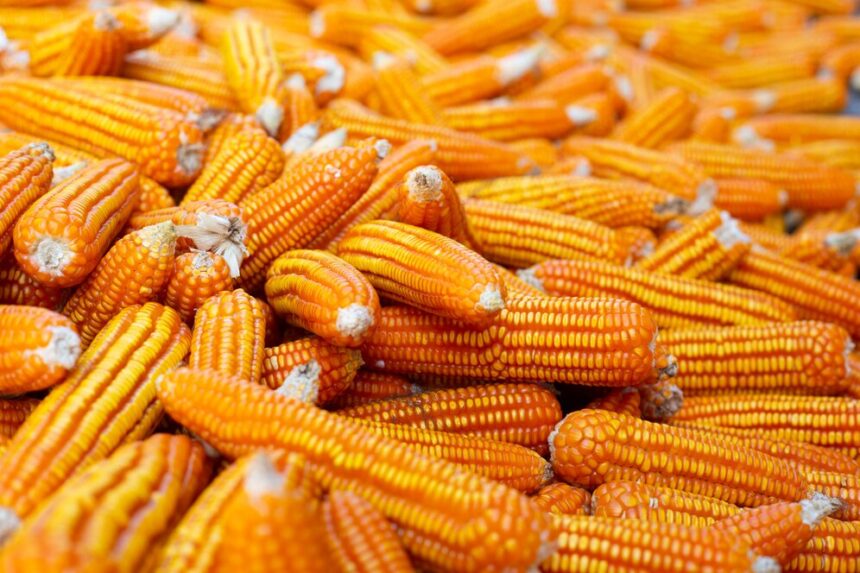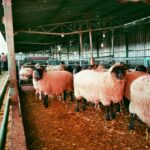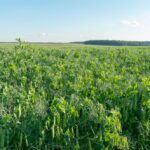Post-harvest losses in maize are a major challenge for farmers, leading to reduced income and food insecurity. These losses occur due to poor handling, improper storage, pest infestations, and unfavorable weather conditions. To minimize post-harvest losses, farmers must adopt effective practices in harvesting, drying, storage, and transportation.
1. Timely Harvesting
Harvesting maize at the right time is crucial in reducing losses. Delayed harvesting exposes maize to pests, diseases, and unfavorable weather conditions, leading to grain deterioration. Maize should be harvested when the husks are dry, kernels are hard, and moisture content is between 18% and 20%.
2. Proper Drying
Moisture content is a key factor in preventing spoilage. After harvesting, maize should be dried to a moisture level of 13% to 14% to prevent mold growth and aflatoxin contamination. Farmers can use solar drying, drying cribs, or mechanical dryers to achieve the desired moisture level.
3. Effective Shelling and Cleaning
Manual or mechanical shelling should be done carefully to avoid kernel breakage, which can increase susceptibility to pests and diseases. After shelling, cleaning the grains by removing debris, damaged kernels, and foreign materials improves storage quality.
4. Proper Storage Techniques
Maize should be stored in well-ventilated, dry conditions to prevent mold growth and pest infestations. The following storage methods can help reduce losses:
- Airtight Hermetic Bags: These prevent oxygen from entering, killing pests without chemicals.
- Metal Silos: These provide airtight conditions that protect maize from rodents, insects, and moisture.
- Elevated Granaries: Traditional storage structures raised off the ground prevent rodent attacks and improve airflow.
- Pesticide Treatment: Using approved pesticides or natural repellents like neem leaves can protect stored maize from insects.
5. Pest and Disease Control
Pests like weevils and rodents cause significant losses if not controlled. Farmers should use integrated pest management techniques, such as:
- Regularly inspecting stored maize for signs of infestation.
- Using biological pest control methods like natural predators.
- Keeping storage areas clean and dry to prevent breeding grounds for pests.
6. Proper Packaging and Transportation
During transportation, maize should be packed in clean, dry bags and protected from rain or excessive heat. Trucks and storage facilities should be disinfected to prevent contamination. Proper handling reduces physical damage that makes maize more vulnerable to spoilage.
7. Training and Awareness
Farmers should receive training on post-harvest management techniques. Government agencies, agricultural extension officers, and cooperatives can provide guidance on best practices, pest control, and modern storage technologies.
Reducing post-harvest losses in maize requires a combination of good harvesting, drying, storage, and pest control practices. By implementing these strategies, farmers can increase their yields, improve food security, and boost their income.
Join 'Farmers Mag' WhatsApp Channel
Get the latest Farming news and tips delivered straight to your WhatsApp
CLICK HERE TO JOIN






